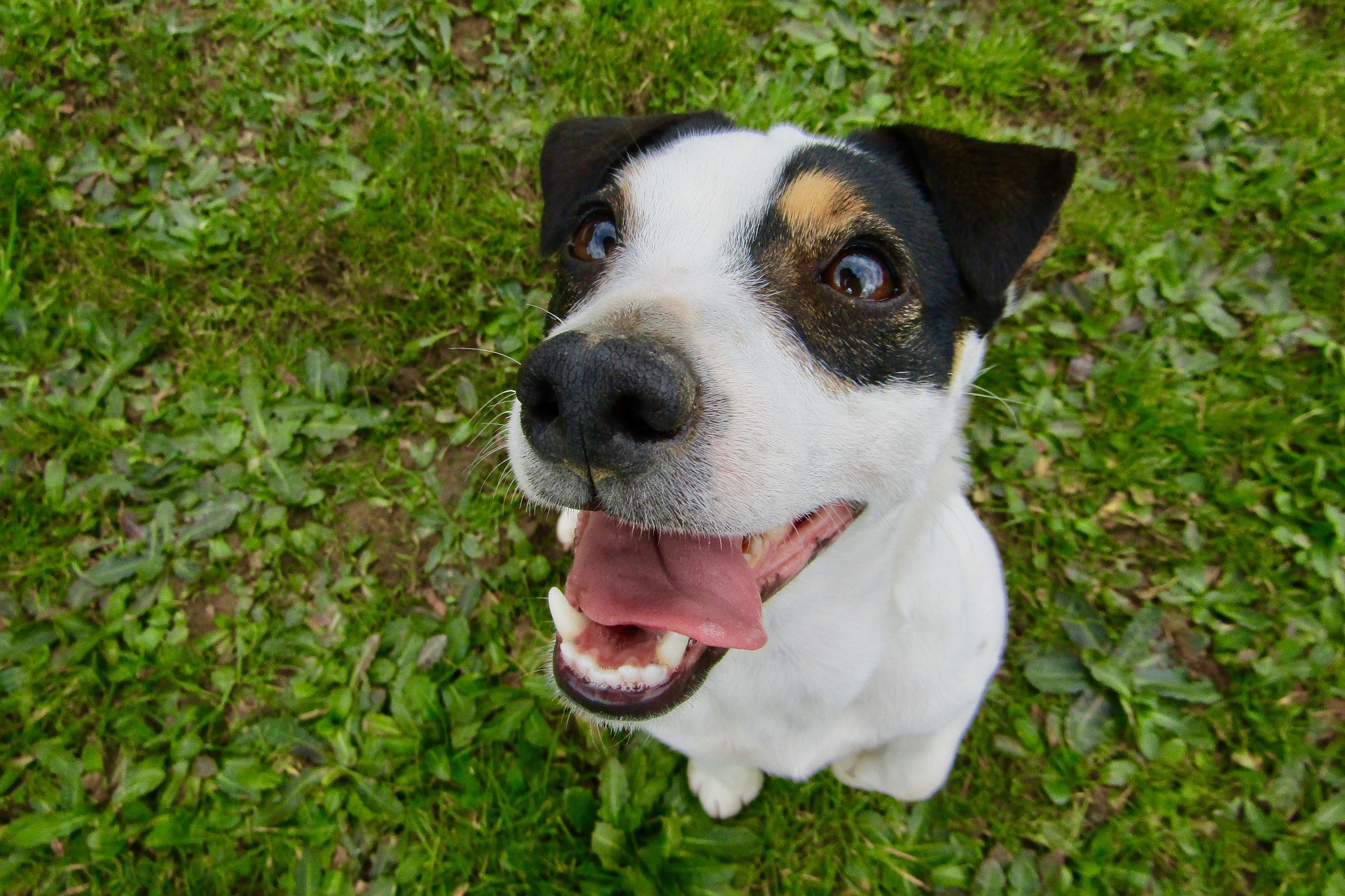
18 Jan Brushing Your Pet’s Teeth
Brushing your pet’s teeth may seem like a daunting, and perhaps unnecessary challenge. However, with consistency and practice, it can be quite easy and take only 2-3 minutes to complete. It is also gratifying to know that this practice helps to maintain a healthy oral cavity, which contributes to an overall healthy pet. We have to ask what our mouths would look like if we went days, weeks or months without brushing. Our pets are no different.
How to Brush Your Pet’s Teeth
Most of our pets thrive on consistency. For this reason, we encourage you to brush your pet’s teeth in the same place and at the same time every day. And since our pets often mimic our behavior, it can be beneficial during training to brush their teeth in the same room that we brush ours, the bathroom. When it comes to actually brushing your pet’s teeth, three things should be kept in mind: order, action, and duration.
- Order. The order in which tooth brushing is completed is a component of consistency. The incisors can be brushed first followed by the canine or fang teeth then the premolar and molar teeth. You can start with the teeth of the upper jaw and then move to the lower jaw. It is best to focus on the side of the tooth that faces either the cheek or lip.
- Action. Positive reinforcement can make tooth brushing a pleasurable experience. Start by offering a little flavored toothpaste on your finger as positive reinforcement. Next, apply the brush to the surface of the teeth at a 45-degree angle. Maintain a brushing stroke that goes from side-to-side rather than up and down to avoid gingival trauma. It’s important to be gentle to the gums when brushing. One way to tell if your brushing is too aggressive is If the bristles of the brush are bending on the surface of the tooth.
- Duration. Brush for 5-10 seconds on a select group of teeth before moving on to the next group. Offer a little taste of toothpaste between sections of tooth brushing as positive reinforcement. A dental treat after tooth brushing is another way to stimulate positive reinforcement.
A common question our veterinary dentists get at our Animal Care and Oral Surgery practice in Colorado Springs, Colorado, is how often to brush their pet’s teeth. Just like their human owners, twice-daily brushing is important. Although twice-daily brushing is best, once-daily brushing will also serve to minimize plaque accumulation. Tooth brushing may seem challenging at first and success may not always occur at the first attempt. However, patience, consistency, and positive reinforcement will lead to progress and a healthy, clean mouth.
Images used under creative commons license – commercial use (1/18/19) Pixaby

